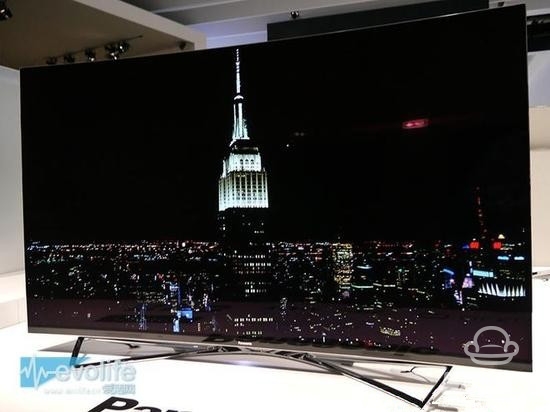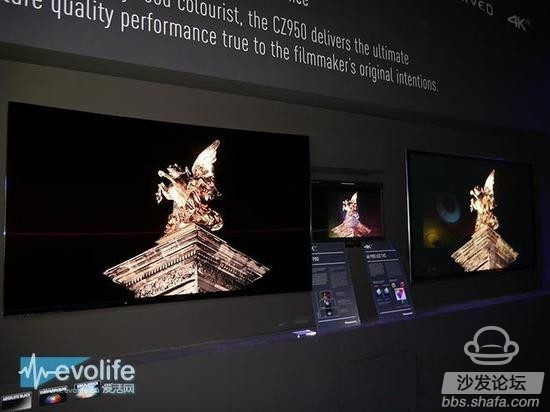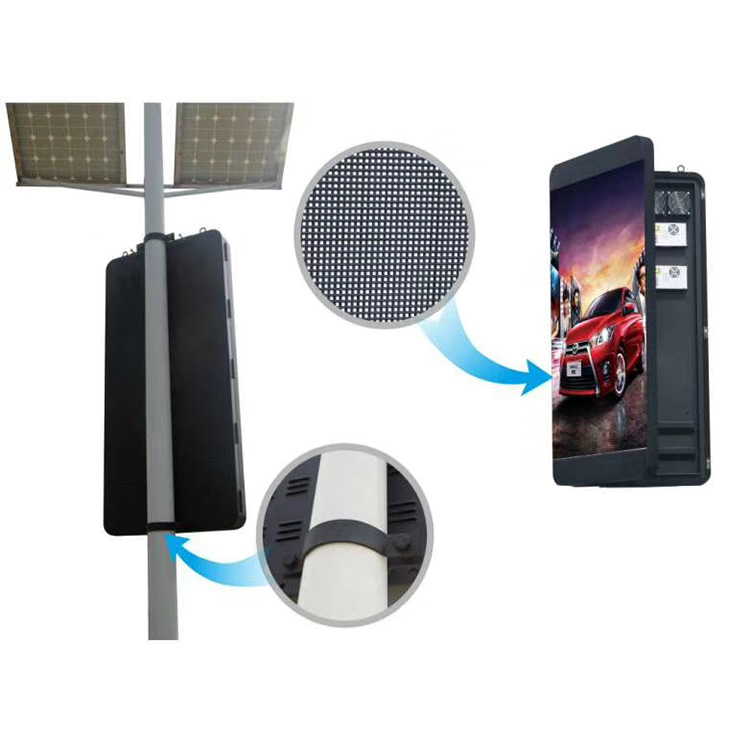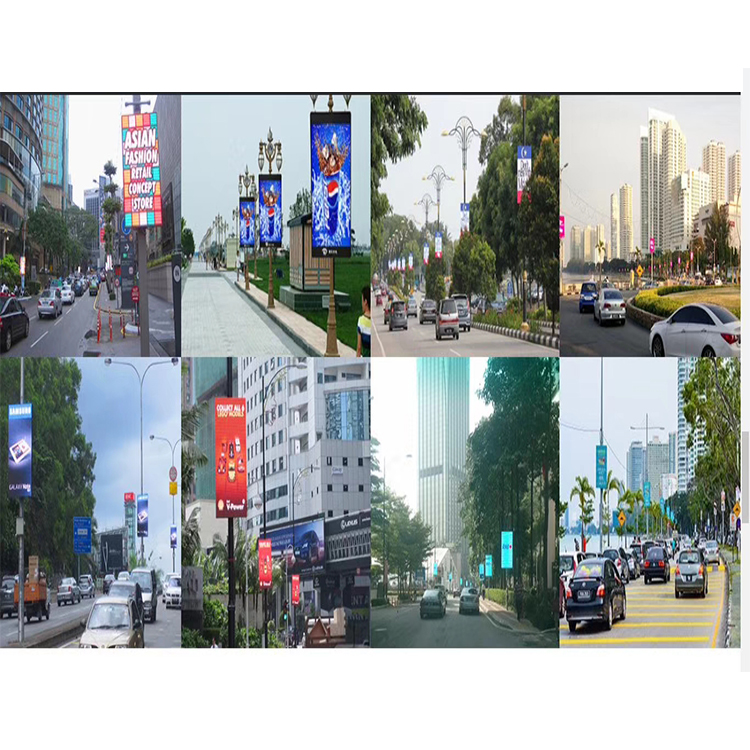
Download Attachment [url=]Save to album[/url]
[color=rgb(153, 153, 153) !important] uploaded 19 seconds ago
Two years ago, Matsushita withdrew from the plasma market. Although LCD TVs took up the positioning of high-end products, Matsushita thought that losing the plasma TV business would seem to have lost its soul. Unlike Sony, Sharp, which is a Japanese manufacturer of LCDs, Panasonic and Pioneer have accumulated more plasma technologies. Panasonic insisted on 2013. Panasonic released the AX900, a high-end model of LCD TVs last year, but the response was not high in Europe.

Shoda Masahiro Shinoda pointed out that after giving up plasma, even Panasonic released the AX900 with top quality, but it still cannot succeed in Europe. The most important point is that professional audio and video magazines in Europe almost consider Matsushita to be synonymous with plasma. They do not accept LCDs. Even if Panasonic TVs still have the best picture quality, they also think that LCDs are far from plasma. In places like Europe and Japan, when people are buying TVs, reviews in magazines can have a great influence.
Without plasma, Panasonic’s only solution was to launch a product that rivals plasma. The only option, then, is OLEDs, which are also self-illuminating.
However, Panasonic's printing method is costly to produce OLED panels. At present, only Japanese manufacturers have achieved mass production of large-size OLED panels. However, they are only used in professional fields and cannot be used by civilians. Therefore, Panasonic's OLED TV panel purchase option is only one, that is LGD (LG Display). The panel of the CZ950 is customized by Panasonic to LGD, but it does not mean that the quality of the CZ950 is not different from that of the LG.
In the end, the panel only shows the effect. The quality of the image is also determined by the input image signal. This time, the CZ950 was equipped with a 4K Studio Master Processor image engine and the color tuning of the TV was personally done by Hollywood coloring expert Mike Sowa. Panasonic's years of research algorithms and color tuning experience will determine the difference in quality between Panasonic's OLED and LG's OLED TVs. In fact, at IFA, Panasonic's CZ950 attracted a lot of LG technicians to watch.

As for the price of the CZ950, Mr. Shida said that it has not yet decided. LG's OLED TVs sell for 90,000 euros, and 65-inch LCD TVs cost between 40,000 and 50,000 euros. In addition, this TV will not be available for sale outside of Europe for the time being, including Japan. Shinoda Masahiro thinks that the current Japanese market is still better than the current LCD TV product line, and he does not plan to risk launching products with low market acceptance.
Why did you choose Europe in the first place? Masahiro Shida explained that it was because of the recent recession of curved TVs in Europe, and that in order to restore brand reputation in Europe as soon as possible, they chose to sell OLED TVs in Europe.
With the continuous upgrading of terminal consumption in smart city, LED lamp pole screen, as an indispensable information carrier in smart street lamp system, is welcomed by many media companies and government agencies.
LED light pole screen is mainly installed on the street light pole on both sides of the highway and the street. Because the light pole display screen has the characteristics of synchronous reception and synchronous playback, no matter how far the car goes, it is always accompanied by the HD light pole display screen. The lamp post display screen not only has unique advantages in road guidance, road condition broadcast, information release, advertisement promotion, etc., but also plays a considerable role in alleviating the fatigue of automobile drivers on the highway.

LED intelligent light pole screen can quickly get the favor of consumers, which comes from the following natural advantages:
1. It has multiple control modes of WiFi / 3G / 4G / network cable, and the Internet can update the display content of light pole screen remotely, which is simple, fast and convenient
2. The high-definition intelligent lamp pole screen adopts the best three in one technology of waterproof and UV resistant SMD in the industry.
3. The intelligent LED light pole screen presents a full outdoor high-definition and high-definition picture. It uses RGB deep gray processing to support the point by point annotation function to maintain the consistency of advertising content and color brightness. Let the color of the advertisement more gorgeous, the picture quality more high-definition exquisite.
4. The lamp pole screen body is equipped with fixed stiffener plate, which can be tensile, shockproof, self cooling, and extend the service life;
5. The high-definition intelligent lamp pole screen has the protection grade of IP65 and is not afraid of any bad weather.

Lamp Post Pole LED Screen for Advertising,Advertising Lamp Standard LED Display,Street light pole led display,Double-edged led Lamp Post
Shenzhen Vision Display Technology Co,.LTD , https://www.ledvdi.com